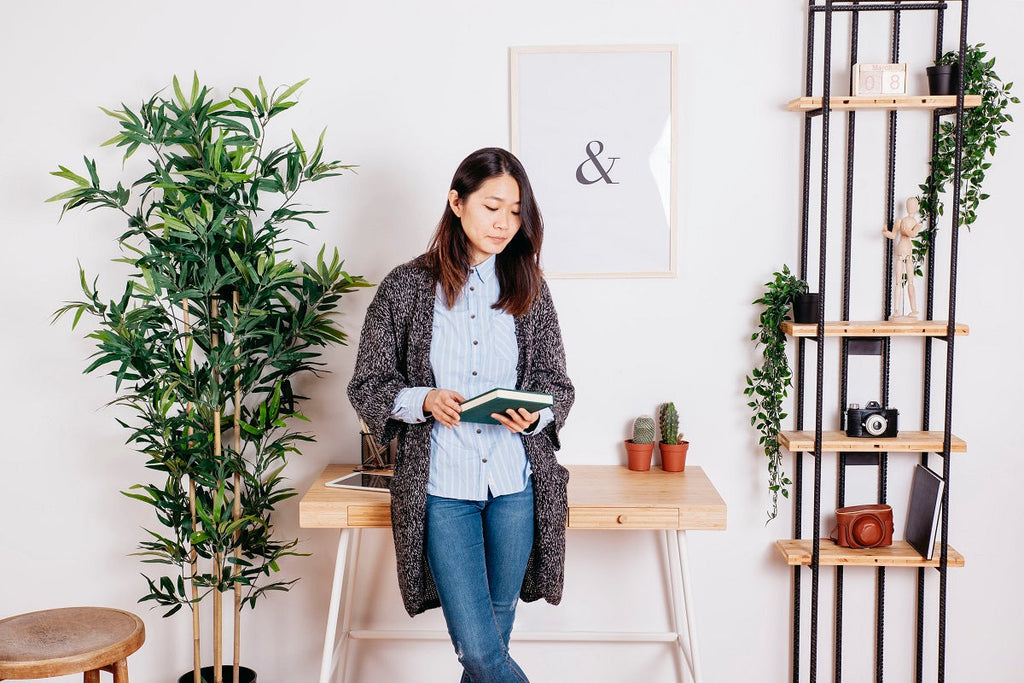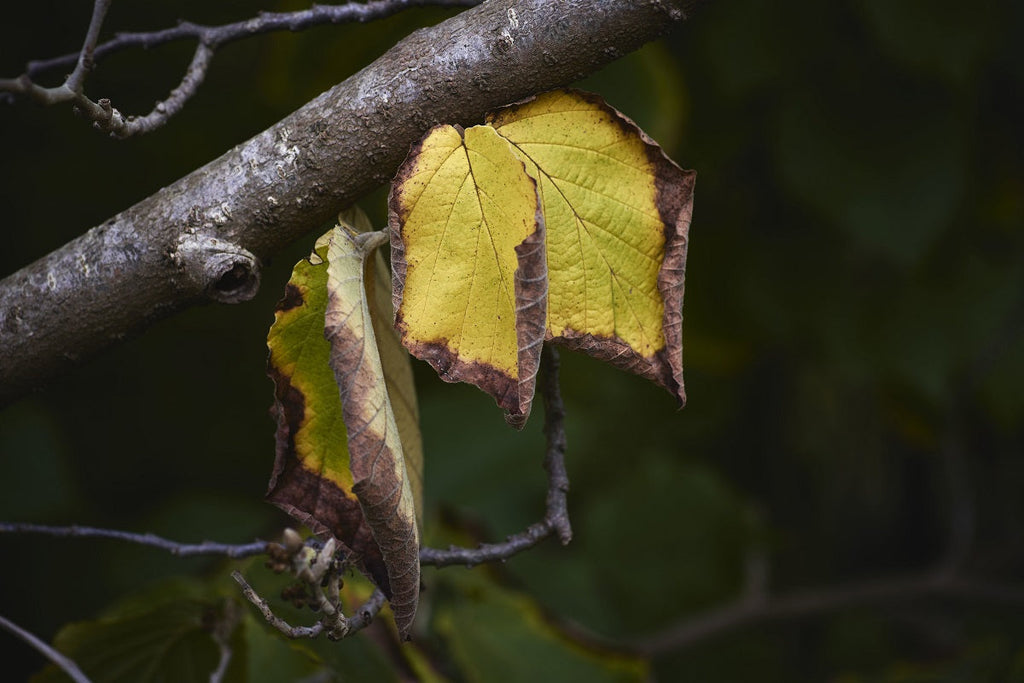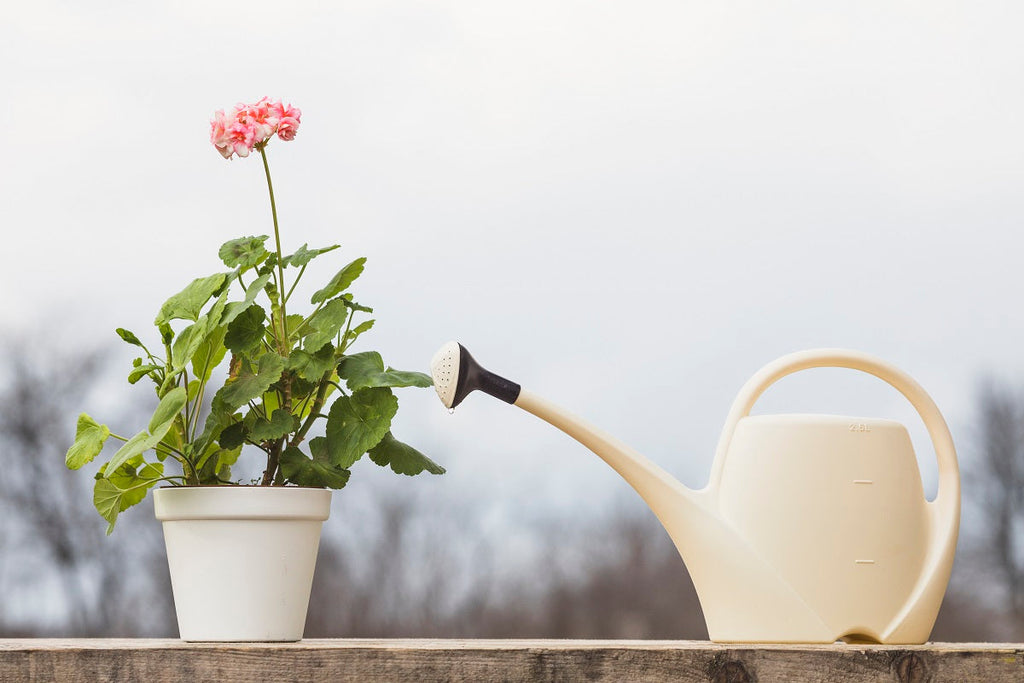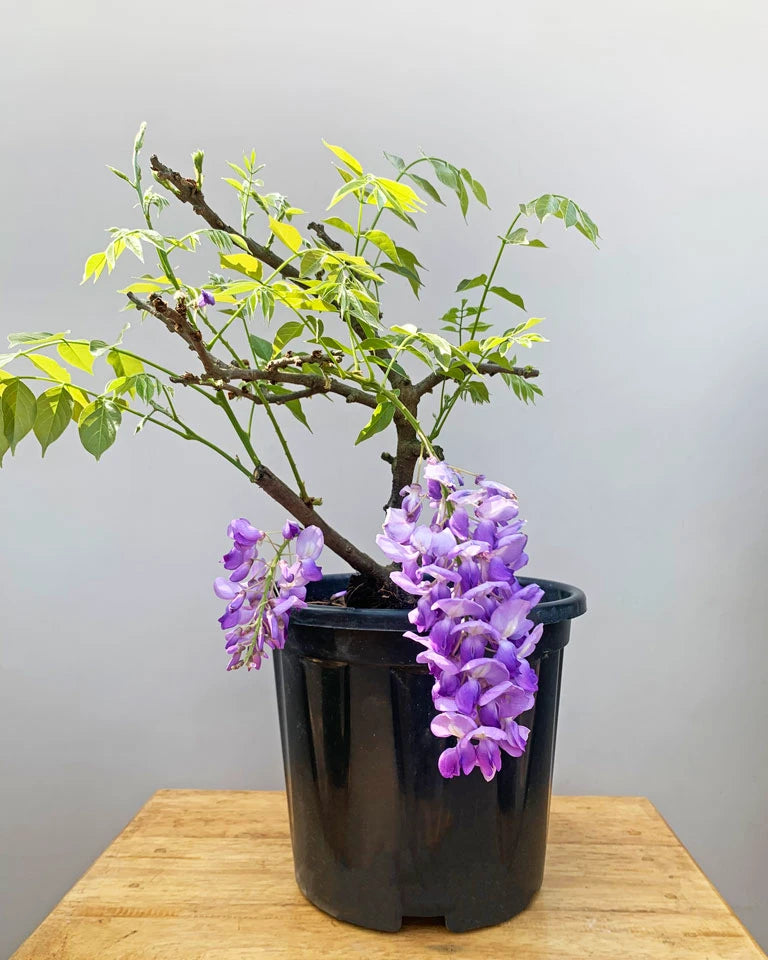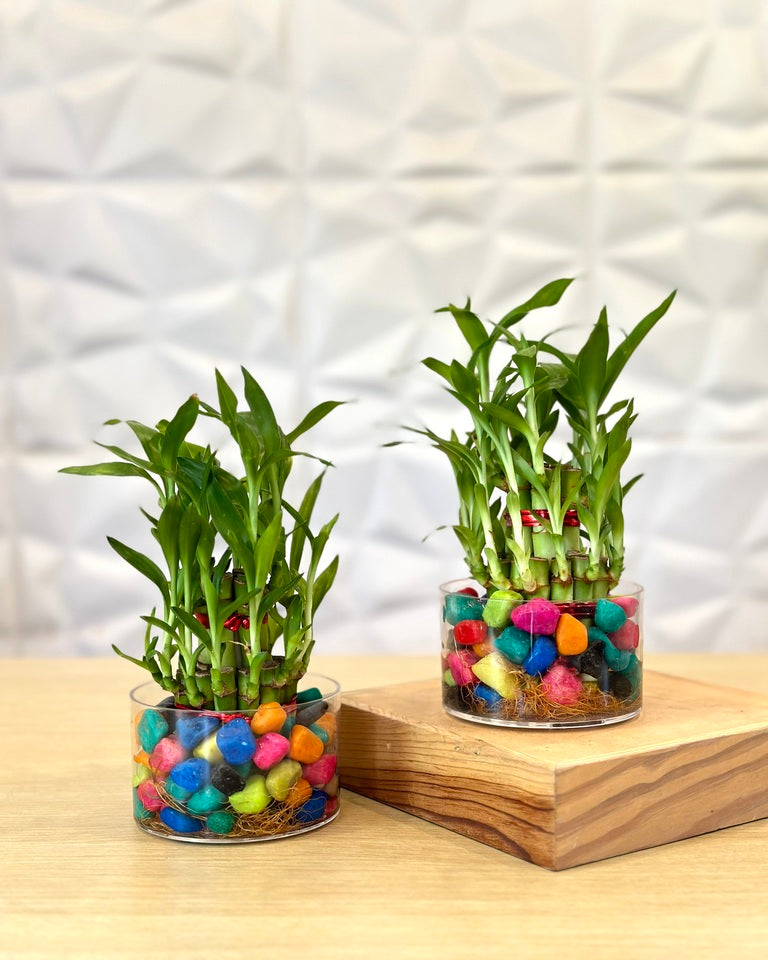
5 Quick Monsoon Tips to Care for Your Plants

Your easy guide to healthy greens during the rainy season
Monsoon season feels magical — cooler temperatures, soft rain, and that earthy petrichor smell we all love. But while you’re cosying up with a cup of chai, your plants are navigating a whole new vibe. The sudden rise in humidity, cloudy skies, and constant dampness can mess with their usual rhythm. That’s why plant care in monsoon needs a slightly different strategy. From preventing root rot to protecting against pests, here’s how to keep your plants lush and healthy when the rains arrive.

1. Don’t Let Water Sit Around
With all the extra moisture in the air, plants don’t need watering as frequently. Yet, many of us forget to adjust our watering habits during monsoon — or worse, allow water to collect in trays and saucers. That’s where problems begin.
Why this matters:
Stagnant water becomes a breeding ground for mosquitoes and can lead to root rot.
Quick Tip:
-
Always empty saucers and trays after watering or rain.
-
Raise pots slightly above ground to allow water drainage.
-
Use well-draining soil to prevent soggy roots.

2. Give Them More Light (Even on Cloudy Days)
Cloudy skies mean your plants are receiving way less sunlight than usual. Without enough light, many plants get leggy, stretch toward windows, or lose their vibrant colour.
Boosting light exposure is key to plant care in monsoon.
Here’s what you can do:
-
Rotate your pots every few days so all sides receive balanced light.
-
Move plants closer to windows or under a covered balcony for indirect light.
-
Clean dusty windows to allow maximum brightness in.
Even if it’s grey outside, these small tricks will help your plants stay balanced and avoid looking sad or stretched.

3. Let the Topsoil Dry to Avoid Fungus Gnats
One of the biggest plant problems during monsoon? Fungus gnats. These tiny flying pests love overly moist soil. They don’t just annoy you—they lay eggs in the wet soil, and the larvae feed on plant roots.
Keeping the topsoil dry is a core part of plant care in monsoon.
What to Do:
-
Allow the top inch of soil to dry before watering again.
-
Sprinkle cinnamon powder on the soil as a natural antifungal.
-
Use neem oil spray every 7–10 days to prevent infestations.
Also, increase airflow around your plants. You can run a fan nearby (not directly on them) to circulate air and dry out excess moisture.

4. Clean the Leaves – Don’t Let Rain Do It for You
While some people think monsoon rain naturally cleans plant leaves, it does the opposite. Rain splashes dirty water onto the leaves, leaving them coated in grime that blocks pores and reduces photosynthesis.
Proper leaf hygiene = healthy, breathing plants.
Simple Cleaning Routine:
-
Gently wipe leaves with a soft, damp cloth every 7–10 days.
-
Use lukewarm water — no soap or harsh sprays.
-
Avoid wetting the soil too much during cleaning.
It’s a tiny habit that makes a big difference in long-term plant care in monsoon.

5. Go Easy on Fertilisers
Here’s a fun fact: many plants go into a rest phase during monsoon. Their energy slows down as they adapt to the humid environment and dim light.
So while it might feel like feeding them more will help, it can stress them out.
Skip These During Monsoon:
-
Heavy fertilisers or high-nitrogen formulas
-
Weekly feeding routines (cut it to once a month if needed)
Instead, focus on:
-
Trimming dead or yellow leaves
-
Removing weeds or debris from pots
-
Keeping the plant’s environment clean and pest-free
Bonus Do's & Don'ts for Plant Care in Monsoon
To make your care routine bulletproof, here’s a quick reference:
✅ Do:
-
Check the soil before every watering
-
Use neem spray to prevent pests
-
Improve air circulation indoors
-
Use porous pots (like terracotta) for breathability
❌ Don’t:
-
Mist plants (the air is already humid)
-
Let pots sit in water trays
-
Ignore signs of fungal growth
-
Place plants in dark corners
FAQs
Q1. How can I stop root rot during monsoon?
Root rot is caused by waterlogged soil. Use a fast-draining mix, avoid frequent watering, and ensure your pots have drainage holes — a must for effective plant care during the monsoon.
Q2. Are fungus gnats dangerous to my indoor plants?
Yes! While adults are harmless, their larvae damage roots. Let the topsoil dry, sprinkle cinnamon, and spray neem oil to prevent them during monsoon plant care.
Q3. Can I use fertilizer during monsoon?
Not recommended. Plants slow their growth in the monsoon. Reduce feeding to once a month or skip entirely if growth is steady.
Q4. My plant's leaves look dirty after rain. What should I do?
Wipe gently with a soft, wet cloth. Rainwater splashes can leave residue that blocks leaf pores — cleaning is essential in plant care during monsoon.
Final Thoughts: Your Monsoon Plant Vibe
Rainy days are dreamy, but for your plants, they’re a challenge. With increased humidity, limited sunlight, and excess moisture, monsoon can either make your garden flourish or create pest and rot problems fast. The secret is observation and consistency.
By adjusting your watering habits, maintaining soil hygiene, giving your plants the right light, and keeping their leaves clean, you’ll ensure that your green babies stay thriving through every rainy day.





